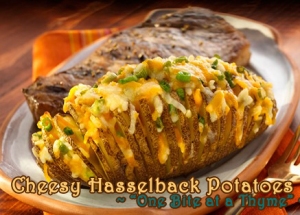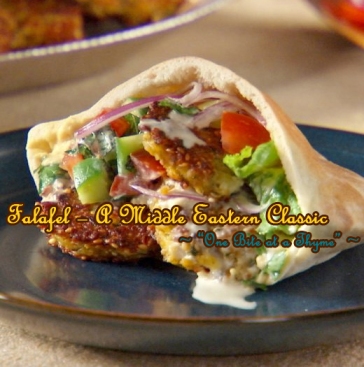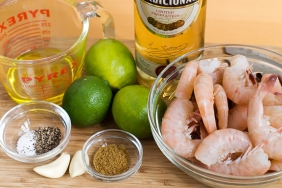In my last post, I told you about the original, basic recipe for Hasselback Potatoes. As I said then, this is a very versatile recipe.
Although the original recipe calls for lashings of warm, seasoned butter and does not use cheese, you can add just about any toppings or seasonings you wish. Loaded Hasselback Potatoes? Why not?!
Before I became very allergic to milk products, cheese was in my top 3 all-time favourite foods. One of the things I certainly miss is a hot cheesy jacket potato with bacon and sour cream! *SNIFF, SNIFF*
Cheesy Hasselback Potatoes are the Rolls Royce of cheesy potatoes! YUM!
INGREDIENTS
- Potatoes, number as needed for serving (1 per person if large-sized, or 3 per person if small 2 inch-sized; clean well)
- .5kg/1 pound/2 cups/453gms Butter
- Salt
- Ground Black Pepper
- Garlic powder
- .5kg/1 pound/453gms Cheddar Cheese
- *1/4 cup, 40gms green onion (chopped) (Optional)
DIRECTIONS
- If you’re using the larger potatoes, preheat the oven to 210°C/Gas Mark 7/425°F; for small potatoes, preheat to 200°C/Gas Mark 6/400°F.
- Microwave potatoes on high for 8-10 minutes for large potatoes, and about 5 minutes for small ones.
- While the potatoes are in the microwave, slice the cheese into 3mm / 1/8″ pieces to fit between the potato sections; set aside.
- Remove the potatoes and set aside until cool enough to handle.
- 1 at a time, put the potatoes in the bowl of a wooden spoon or other large spoon, and cut across at about 3mm / 1/8″ intervals so that it looks like a fan.
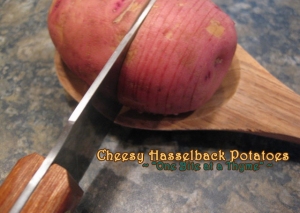
(If you do not have a spoon large enough to hold the potato, lay butter knives on both sides of the potato to stop the knife cutting through.) - Lightly coat the inside of a baking tin or dish with a tablespoon of butter.
- In a small pot, combine the remaining butter, 1 tsp each of salt, pepper, garlic powder, and if desired, ½ tsp chili powder (or more to taste). Melt over medium heat until it begins to bubble; remove. Do not boil the butter.
- Put the potatoes into the butter and coat well with a spoon, including between the slices.
- Place into the baking tin or dish.
- Place the cheese slices between the potato sections.
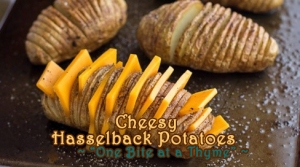
- Pour the butter over the potatoes to coat well.
- Sprinkle the top each potato well with salt and pepper and put in the oven.
- For larger potatoes, after 15 minutes, remove and CAREFULLY spoon the butter mixture in the pan over the potatoes and bake for another for about 10-15 minutes, and rest for 5 minutes out of the oven.
For the small potatoes, cook for 10 minutes, baste with the butter, cook for another 10 minutes and rest for 5 minutes.
Your potatoes will look like this:
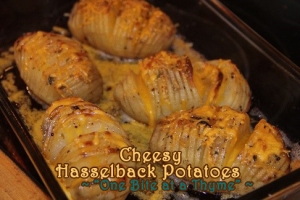
My sister says foods are not truly “cheesy” unless there are four or more cheese involved So, if you want the potatoes extra cheesy, you can use more than one kind of cheese:
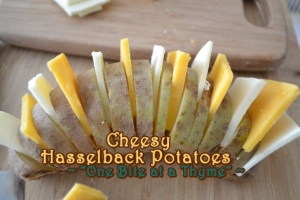
Well, if you are like my sister, you might be saying the above potato is still not cheesy enough, heheh.
So, you can also put butter or cheese in the slits & top with shredded cheese, and then add salt, pepper and garlic:
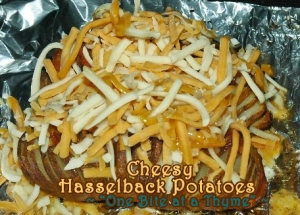
The Result:
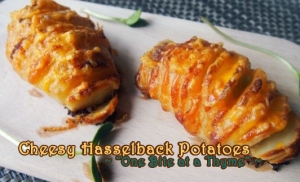
- Transfer the small potatoes to a plate to eat as appetisers, which can be served with sour cream or other dips if desired. Transfer the large potatoes to individual plates, and serve.
OPTIONS: You can season these potatoes any way you desire, top them with a variety of meats.
- How about ham and cheese? You can use cheddar, or swiss; or how about both? You can alternate between stuffing the slits with cheese and ham.
- Another popular choice is chopped bacon and green onions. The onions can be served fresh, sprinkled over the top after the potatoes have cooked, or they can be sautéed with the bacon in the butter prior to coating the potatoes, and poured between the slices and over the potatoes in the baking tin/dish.
- Another option is to cut bacon slices into 1” pieces, and alternate between bacon and cheddar in the slits.
